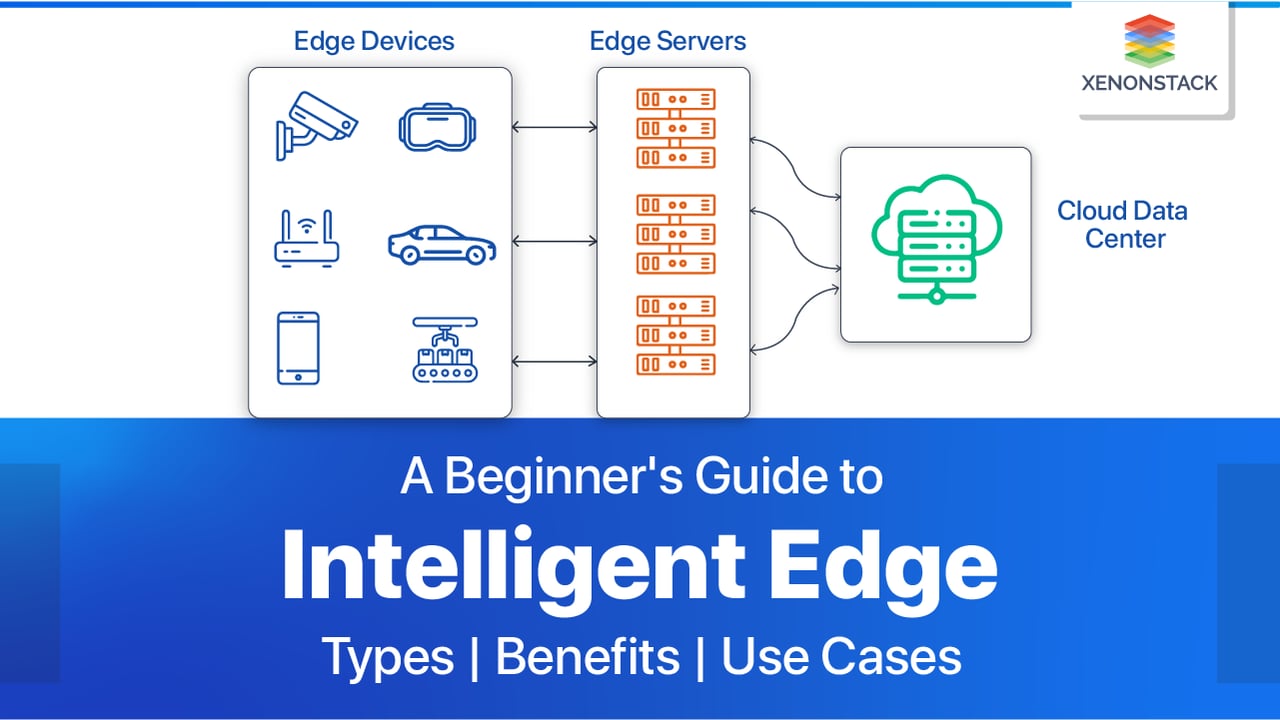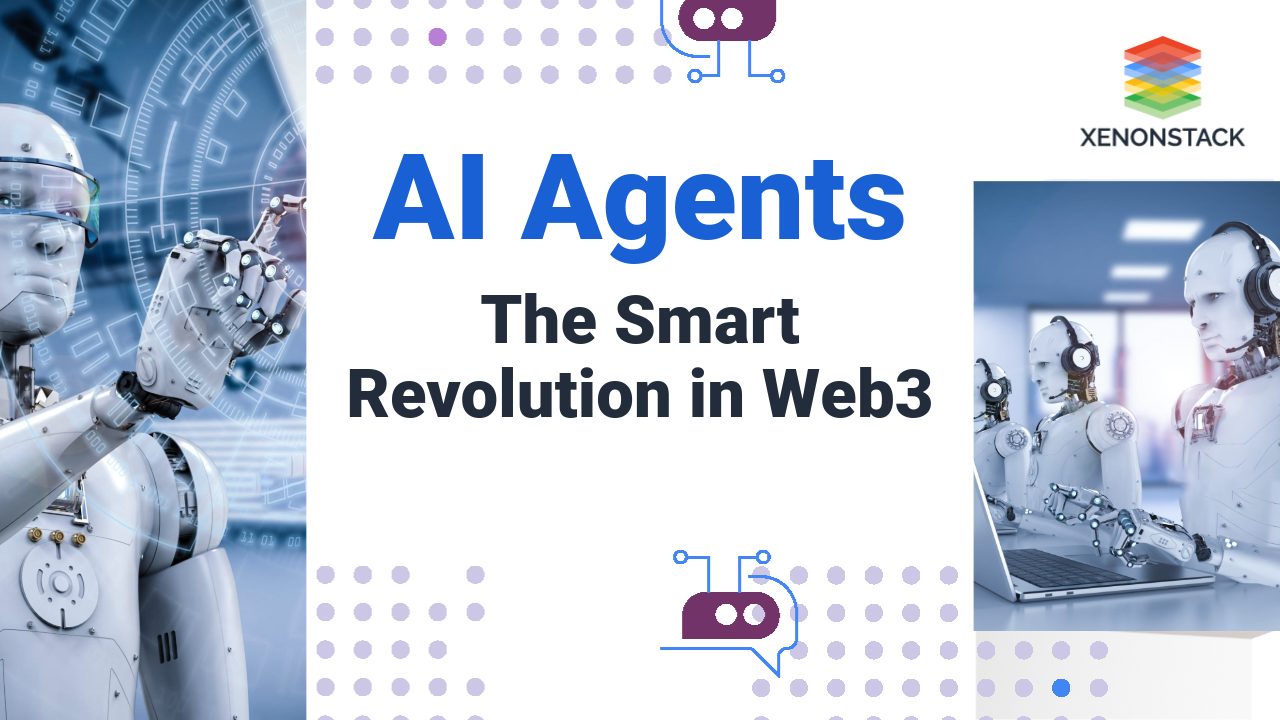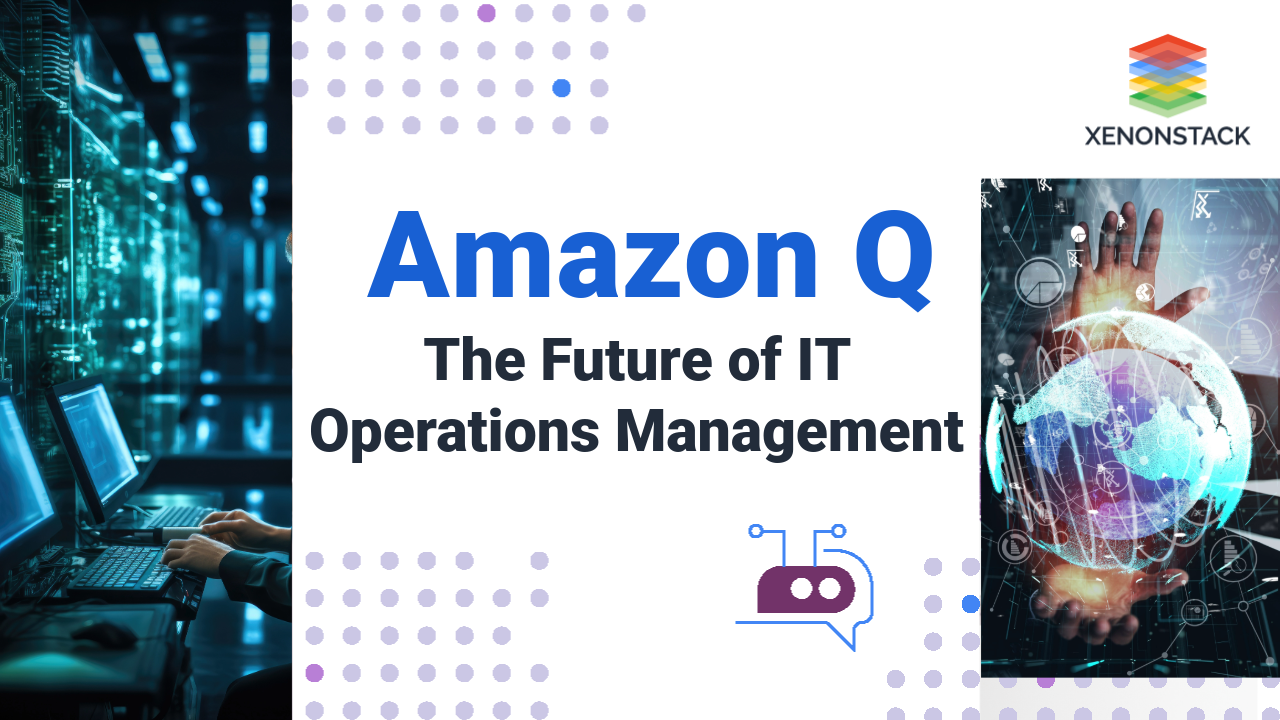
Introduction to Intelligent Edge
The intelligent edge is the processing and solution development of data on the location where it is generated. Using this approach, it technology can minimize latency, expenses, and security risks, leading to enhanced business efficiency. Real-time systems process data as the data is received, where a response is guaranteed in a limited timing constraint. A good example is the flight control system which receives information from different sensors. It processes data as it arrives.
Yet, with most current systems, computation is centralized. This is not ideal for real-time systems as they experience latency, bandwidth, and privacy issues. With edge computing, the computation happens near the physical location where the data is collected. This contrasts with current practices where computation happens on centralized servers. Due to this, it is easier to create real-time insights. Over the past few years, it has consistently gained importance, according to a report by Grand View Research, Inc, the global edge computing market is expected to reach $28.84 billion USD by 2025, with a Compound Annual Growth Rate (CAGR) of 54.0%.
Computing resources to be more agile and efficient and can provide more flexibility for organizations. Taken From Article, Edge Computing for Digital Transformation
What is Intelligent Edge?
It describes a process where data is analyzed and aggregated in a spot close to where it is captured in a network. It also described as “intelligence at the edge,” has significant ramifications for distributed networks, including the Internet of Things (IoT).
Cloud has provided companies with cost efficiencies and greater flexibility, but the ongoing rise of IoT and mobile has continued to demand ever greater bandwidth. Fundamentally only some smart devices need cloud computing to operate, and in some cases, it is an innovative idea to avoid sending data back and forth through the cloud. Edge can make organizations more agile and help you reduce costs, lower latency, and better control network bandwidth.
Gateway applications can manage data to and from the edge without cloud platform connectivity:
- Efficient use of data channel - upload only “rich” data, not all data
- Ability to act even if no network connection is available
- Faster processing of raw data
- Less backhaul traffic
An application that helps to understand the huge volume of data generated connected IoT devices. Click to explore about our, IoT Analytics Platform for Real-Time Data Ingestion
What are the 3 C's of the Intelligent Edge?
The usefulness of it is revealed when we unpack the three Cs:
Connect
when devices, people, or things connect via networks, it facilitates data exchanges that promote new sources and quantities of data.
Compute
Systems can then compute this data, provide access to applications, and reveal deep insights concerning the connected things, devices, and the surrounding environment.
Control
These computed insights can then be used to act, control the devices and things at the edge, or prompt other types of control actions associated with the business or enterprise to which the edge is connected.
Example
A retail store connects cold drinks and digital price displays to a network. Now the retailer can instantly track inventory and see how long it takes for each drink to sell. This information, combined with outside temperature and sales data from other locations, can be used to adjust and control drink prices in real-time. In this IoT application, the drinks and price displays are "things" connected to the network. This connectivity allows the retailer to maximize sales and minimize shipping costs while enabling new customer experiences.
The use of technological advancements and the pursuit of private/public collaborations minimize criminal pastimes. Taken From Article, Data Processing in IoT for Smart Cities
What are the various types of Intelligent Edge?
The various types of Intelligent Edge are listed below:
Operational technology (OT) edges
OT edges commonly contain intelligence and controls but have been traditionally limited in connectivity and compute power. OT edge examples include power plants and offshore oil rigs.
Information technology (IT) edges
Its edges are typical in the telecommunications and media industries for distributed data transfer and processing and distributed computing in branch offices and campuses.
IoT edges
The IoT edge is of great interest today, as the IoT has achieved celebrity status. The IoT often combines Operational technology (OT) and Information technology (IT). They are deployed to IoT Edge-enabled devices and execute locally on those devices.
How is Intelligent Edge different from the traditional cloud computing model?
Some points describe how it is different from traditional cloud computing.
- It processes and analyses data at the edge of the network on devices such as sensors, cameras, and IoT devices, while Traditional Cloud Computing Stores and processes data in centralized data centers, typically using powerful servers
- It allows for real-time processing and analysis to reduce latency. At the same time, traditional cloud computing can be helpful in application which does not require real-time processing and analysis.
- It offers better security and privacy, as sensitive data can be kept on the local device. In traditional cloud computing, sensitive data is transmitted to a centralized server, which can be less secure.
- It is well suited for applications requiring real-time decision-making and reduced latency, such as autonomous vehicles, drones, and robots. In contrast, traditional cloud computing suits applications requiring large-scale data storage and processing, such as big data analytics or machine learning models.
- It can be more expensive to deploy and maintain, as edge devices need to be powerful enough to handle data processing and analysis. At the same time, traditional cloud computing can be more cost-effective than it for specific applications. It can leverage economies of scale and share resources among multiple users.
Edge figuring was made due to Internet of Things devices' momentous advancement. Click to explore about our, Difference Between Cloud, Edge, and Fog Computing
What are some technologies that enable the Intelligent Edge?
Several technologies enable the intelligent edge, including:
- Edge Computing Platforms: Edge computing platforms provide a framework for deploying and managing applications and services on edge.
- Internet of Things (IoT) Devices: IoT devices, such as sensors, cameras, and wearables, are a vital component of it.
- Artificial Intelligence (AI) and Machine Learning (ML): AI and ML technologies enable its devices to make real-time decisions based on data analysis.
- 5G Networks: 5G networks provide high-speed, low-latency connectivity for edge devices, enabling real-time data transmission and analysis.
- Edge Data Storage: Edge data storage technologies allow data to be stored and accessed locally on edge devices, reducing the need for data transmission to and from the cloud.
What are the benefits of computing at the Intelligent Edge?
Computing at the intelligent edge can offer several benefits to businesses, including:
- Faster Data Processing and Decision-Making: Businesses can reduce latency and improve response times by processing data at the edge. This can enable faster decision-making and improve the overall user experience.
- Improved Data Security and Privacy: By keeping data processing and storage at the edge, businesses can reduce the risk of data breaches and ensure that sensitive data is kept secure and private.
- Reduced Bandwidth and Data Transfer Costs: By processing and storing data locally at the edge, businesses can reduce the amount of data that needs to be transmitted to and from the cloud, reducing bandwidth and data transfer costs.
- Enhanced Reliability and Resilience: By distributing computing power across the network's edge, businesses can improve the reliability and resilience of their systems. This can help ensure critical services remain available during network disruptions or failures.
- Improved Scalability and Flexibility: By deploying its solutions, businesses can scale their computing resources more efficiently and flexibly to meet changing demands. This can enable more agile and responsive business operations.
- Real-Time Insights and Analytics: By processing data in real-time at the edge, businesses can gain valuable insights and analytics to help drive business decisions and improve performance.
Edge Computing will deploy the services at the edge seamlessly and reliably by maintaining flexibility. Taken From Article, Top 6 Applications of Edge Computing
Use Cases for the Intelligent Edge
Here are some use cases for the Intelligent Edge:
- Manufacturing: In a manufacturing environment, sensors and cameras can collect data on the factory floor, which can be used for quality control, predictive maintenance, and safety monitoring.
- Healthcare: With the rise of wearable devices, healthcare providers can collect data on patients' vital signs and activity levels. This data can be analyzed on edge to detect anomalies, provide early warning signs of health issues, and send caregiver alerts if necessary.
- Retail: In a retail environment, cameras and sensors can track customer behavior and preferences. This data can be analyzed on edge to provide personalized recommendations, optimize store layout and inventory, and improve customer service.
- Autonomous vehicles: Self-driving cars and drones rely on real-time data processing to make decisions on the road. By processing data on edge, these vehicles can make faster and more accurate decisions, reducing the risk of accidents.
What are the challenges for implementing Intelligent Edge?
Several challenges must be overcome to implement it successfully. Here are some of the key challenges:
- Scalability: Implementing the requires deploying edge devices at scale, which can be challenging to manage and maintain. As the number of devices increases, ensuring consistent performance, security, and reliability can become difficult.
- Security: Edge devices are often more vulnerable to cyberattacks than centralized systems due to their distributed nature and limited computing resources.
- Interoperability: It involves connecting devices and systems from multiple vendors, which can create interoperability issues.
- Data management: It generates a large volume of data, which must be stored, processed, and analyzed efficiently. This requires effective data management strategies, including data compression, filtering, and aggregation.
- Skillset: Implementing and managing an system requires specialized skills and knowledge, including expertise in networking, security, and data analytics. Organizations may need to train or hire additional staff to build these capabilities.
A Embed sustainable practices into the core of your business strategy and operations by employing Intelligent Enterprise Platform Solutions Framework. Taken From Article, Solutions for Intelligent Enterprise Automation Platform
Conclusion
The Intelligent Edge can potentially transform a wide range of industries, enabling faster, more efficient, and more secure data processing. However, implementing it also presents several challenges, including scalability, security, interoperability, data management, and the need for specialized skills and knowledge. These challenges require careful planning, design, and management to realize the benefits of it while minimizing risks and costs. As the technology and capabilities of it continue to evolve, organizations must adapt and innovate to stay competitive and take.
- Explore here about Top 5 Edge Computing Platforms
- Read here about Edge AI Implementation strategy and Use Cases


